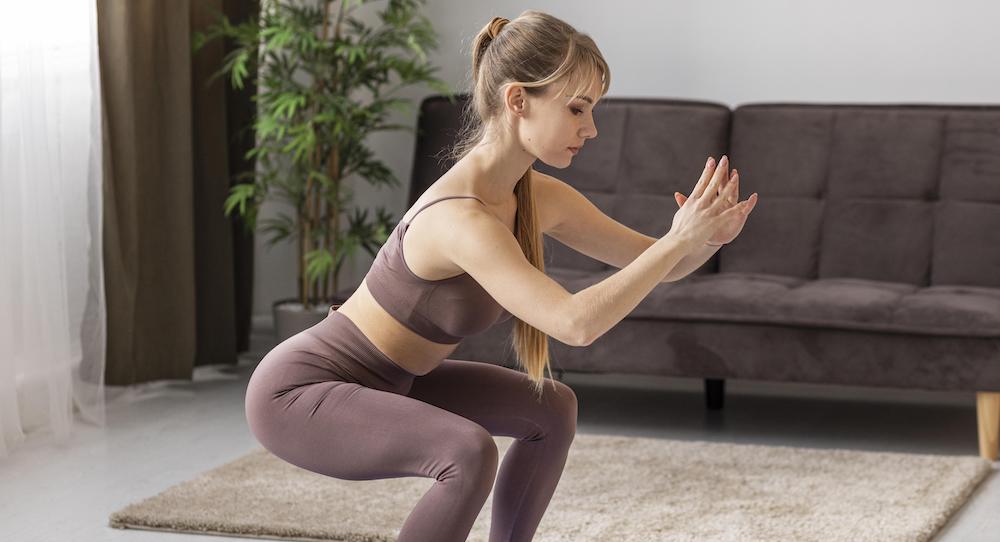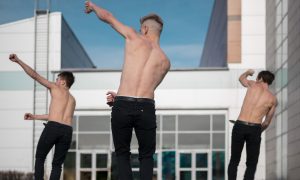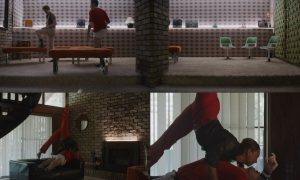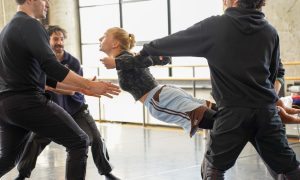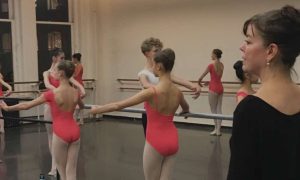The hip is a vital joint for dancers, offering a balance of mobility, stability and strength. It is a ball-and-socket joint where the femur (thigh bone) meets the acetabulum (socket) of the pelvis. This design allows for a wide range of motion, crucial for extensions, splits and jumps. The joint is supported by ligaments, tendons, and many muscles such as the hip flexors, glutes and rotators, all of which need to work together to maintain strength and control. The close relationship with the pelvis means that these two areas strongly influence each other.
Dancers place significant stress on their hips through repetitive movements, frequent twisting, but primarily with extreme ranges of motion. Typical injuries for the hip area are labral tears, tendinopathies, impingements and muscle tears/strains.
With a consistent regime of self-assessment and specific training, however, you can minimize the risk of injury to your hips and keep kicking and leaping into the sunset!
Our approach of Align – Move – Load addresses centering of the joint and functional range, authentic movement patterns and technique, and then adding load to the training to improve strength. When you look into training any area of the body you may want to consider the process below. There are a couple of video examples for you.
Understand the area.
The starting point is to understand the anatomy of the hips and your natural turnout range. This video highlights the bones and muscles of the hip and pelvis:
Self-assessment
How they move, range, tension and feel for any difference between the right and left.
Create space and release.
Release tight areas that may be preventing full range and the other muscles/fascia that connect into this area. Mobilize into all directions. (balls, foam roller, mobilizers, eccentric control)
Train stability.
Focus on the smaller muscles around the hip that control the joint through range; this needs more endurance style work. Look at control for psoas, iliacus and QF.
Train strength.
Strengthen the hip in normal function and full range (squat, lunge, hinge). This video shows a single leg squat – necessary for any lower limb training plan.
Be specific.
This where we train specifics for dance – turnout, leg elevations, splits, kick power. This video shows one type of turnout training with the hip at 90.
At half a century, I am still dancing and fully active despite a horrible looking hip MRI!
Please remember, although we are talking about hips, the body is fully interconnected and all joints talk and affect all other joints of the body. Your sore or ‘locked’ hip may be a result of a foot, thorax or shoulder that doesn’t move properly!
By Sally Harrison, BSc (Hons) Physiotherapy, Corrective Exercise Coach, Personal Trainer, Pilates Educator, of Band-ITS & Strength4Dance.
